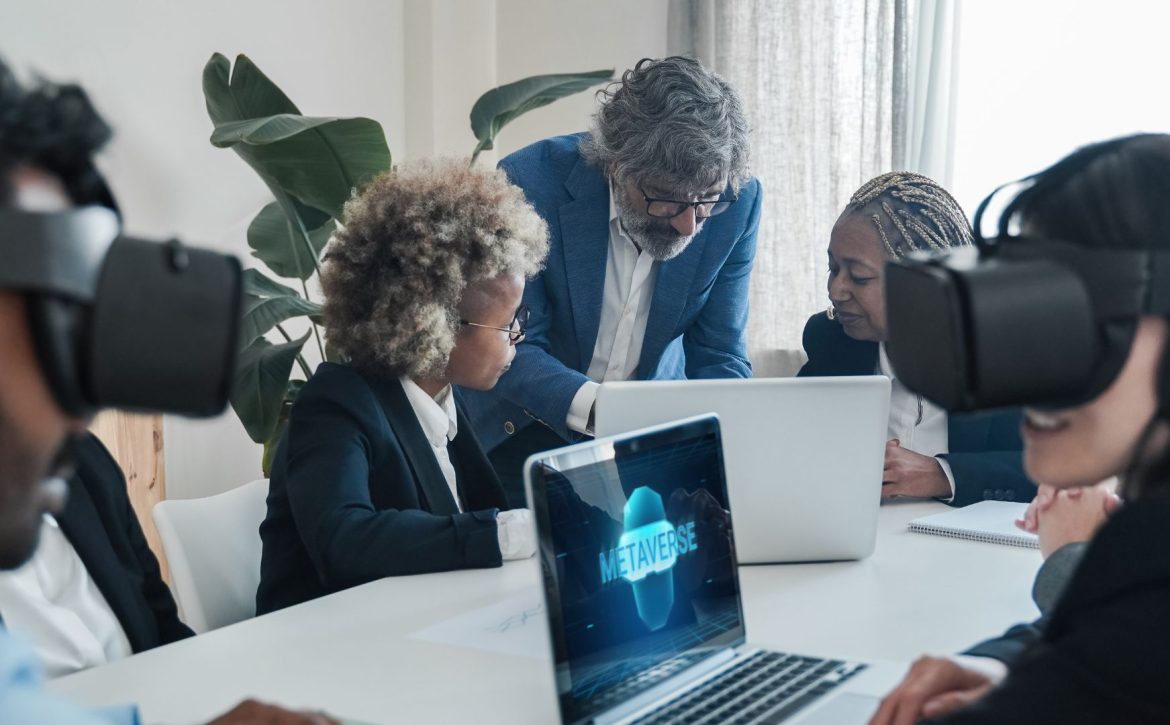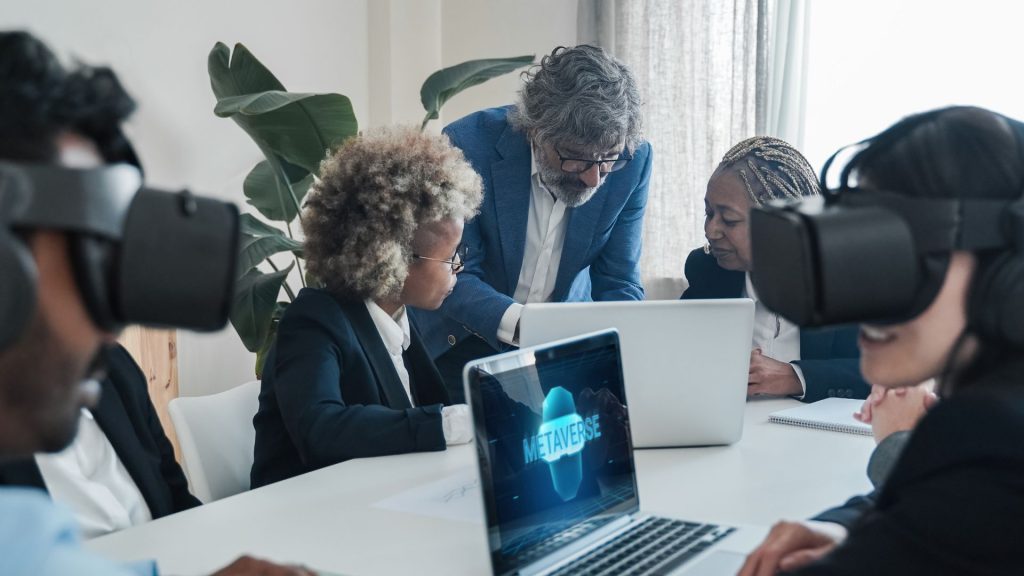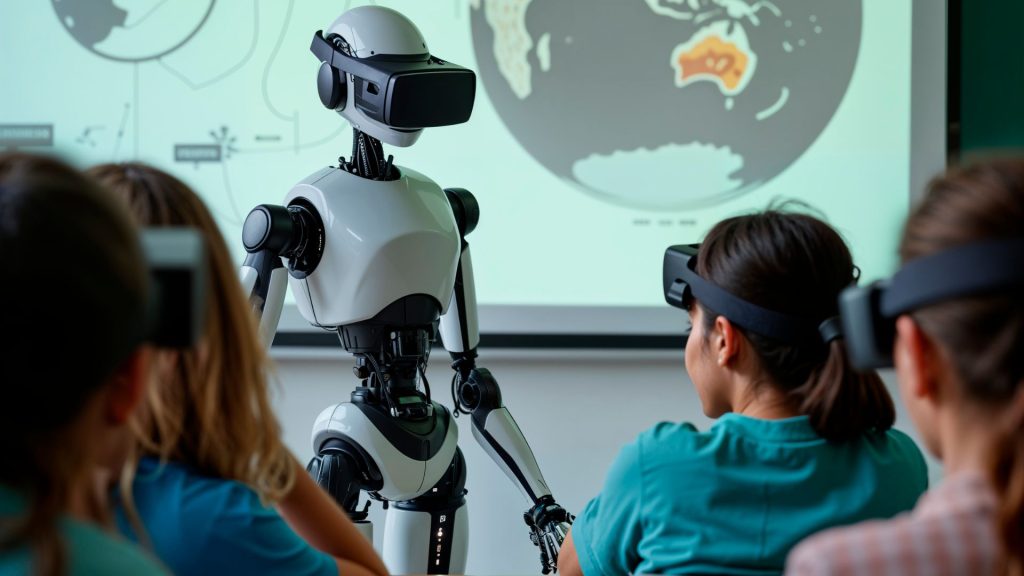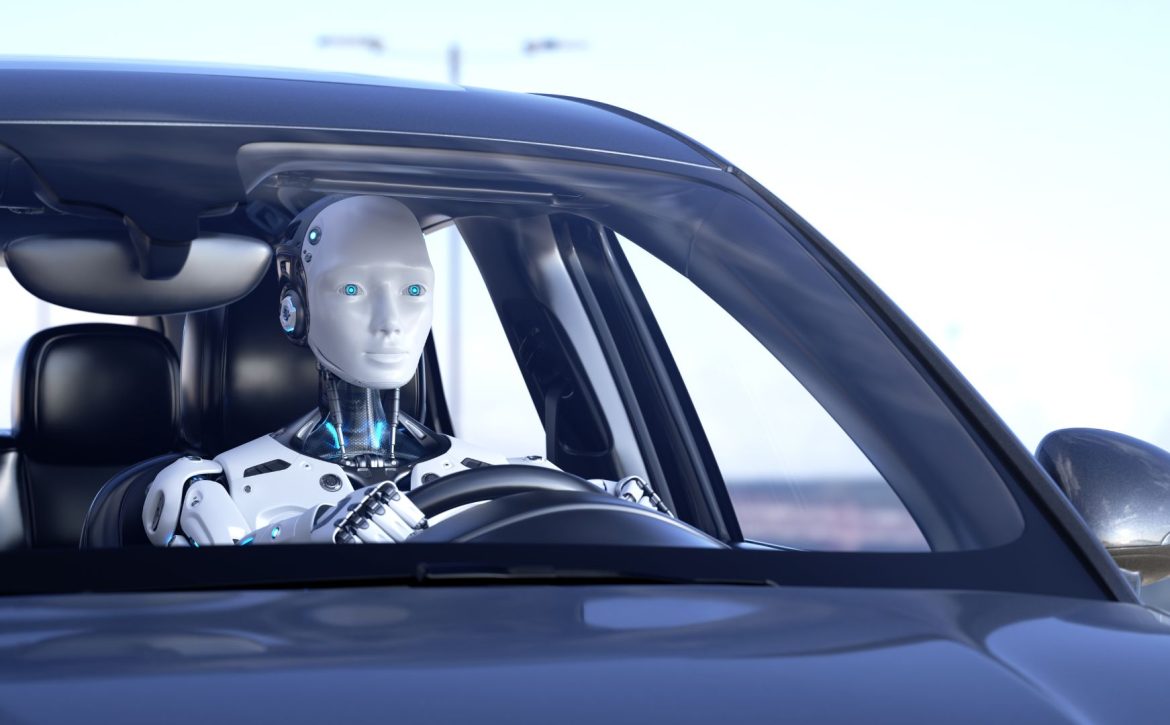The Impact of AI on the Job Market: What You Need to Know
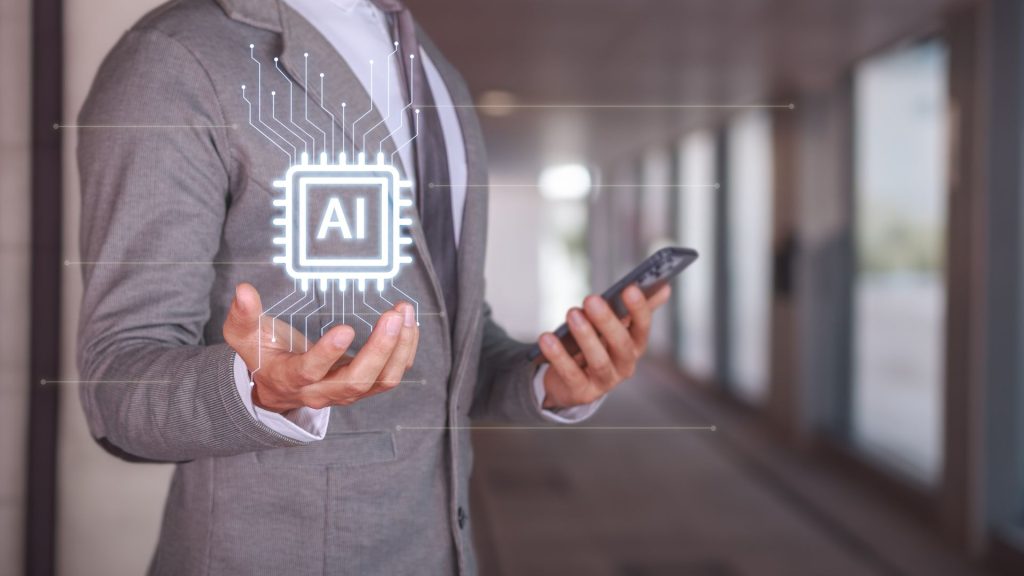
The Impact of AI on the Job Market: What You Need to Know
Explore how Artificial Intelligence is reshaping the job market, creating new opportunities, and redefining the skills needed for the future of work.
Introduction
Artificial Intelligence (AI) is transforming industries and the way we work. While some fear job displacement, others see AI as a catalyst for innovation, creating new roles and opportunities. Understanding the evolving dynamics of the AI-driven job market is essential for individuals and businesses looking to thrive in this era of change.
This article examines the impact of AI on the job market, exploring both the challenges and opportunities it presents, and offering insights into how workers can adapt to an AI-powered future.
1. Automation: Changing the Nature of Work
AI is automating repetitive and routine tasks across industries, from manufacturing and logistics to customer service and finance. While automation improves efficiency and reduces costs, it also shifts the focus of many jobs toward strategic, creative, and interpersonal responsibilities.
For example, chatbots powered by natural language processing (NLP) handle customer queries, freeing up human agents to focus on complex or high-value interactions. This shift highlights the importance of adaptability and upskilling in the modern workforce.
2. Creating New Roles and Industries
While some roles are being automated, AI is also creating new job categories. Fields like AI ethics, data science, and machine learning engineering are expanding rapidly. Additionally, industries such as autonomous vehicles, personalized healthcare, and augmented reality rely heavily on AI, driving demand for specialized talent.
These new opportunities emphasize the importance of lifelong learning and staying informed about emerging technologies to remain competitive in the job market.
3. The Rising Importance of Digital and Soft Skills
In the AI-driven job market, technical skills such as programming, data analysis, and machine learning are in high demand. However, soft skills like critical thinking, emotional intelligence, and communication are equally valuable, as they cannot be easily replicated by machines.
Workers who combine technical expertise with strong interpersonal skills will be best positioned to succeed in roles that require collaboration, creativity, and problem-solving.
4. Addressing Challenges and Inequality
The integration of AI into the workforce raises challenges, including job displacement and widening inequality. Workers in roles most susceptible to automation, such as repetitive manual jobs, may face the greatest risk. Bridging the skills gap is critical to ensuring that workers can transition to new opportunities in the AI economy.
Governments, businesses, and educational institutions must collaborate to provide reskilling programs, promote diversity in tech, and create policies that support inclusive growth.
5. Preparing for the Future
The AI revolution is reshaping the job market at an unprecedented pace. Staying adaptable, continuously learning, and embracing emerging technologies are essential for workers aiming to future-proof their careers. Organizations that invest in AI education and foster innovation will remain competitive and resilient in this evolving landscape.
By recognizing AI as a tool for growth and empowerment, both individuals and businesses can navigate the challenges and seize the opportunities of the AI-driven future.
Conclusion
The impact of AI on the job market is profound, offering both challenges and opportunities. While automation transforms the nature of work, AI also drives innovation and creates new roles across industries. By understanding these changes and equipping themselves with the right skills, workers can thrive in an AI-powered world.
As AI continues to evolve, its potential to enhance productivity, foster creativity, and improve quality of life is limitless. Embracing the AI revolution with a proactive mindset will ensure a future where both technology and human talent flourish together.

